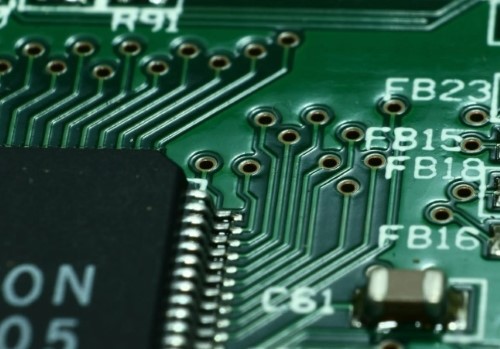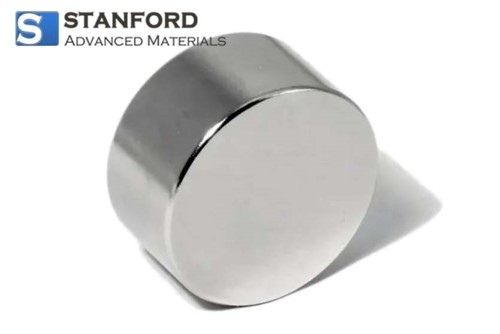Case Study: Customized NdFeB Disc Magnets And Their Pioneering Role In Electronics
Introduction
In today’s electronics landscape, where miniaturisation and precision are prioritised, customised components play a central role in further development. This case study examines the applications of customised NdFeB disc magnets (Neodymium-Iron-Boron) and their impact on electronic devices and technologies.

Figure 1. Electronic components
Understanding Customised NdFeB Disc Magnets
Customised neodymium disc magnets are permanent magnets characterised by their circular, coin-like shape and available in various dimensions. Their measured magnetic strength often exceeds that of other magnets of similar size. In addition, these magnets are known for their compact size, wide operating temperature range, corrosion resistance and durability. Consequently, they meet the evolving technical requirements in modern design and engineering.

Figure 2. A customised NdFeB disc magnet
The customised NdFeB disc magnet SMDN1001, with its dimensions of 0.320 inch in diameter and 0.090 inch in thickness, demonstrates the performance and versatility of NdFeB disc magnets. It functions as a specific magnetic component in electronic applications and complies with the technical parameters set for NdFeB units. Consequently, it contributes to the development and efficiency of electronic devices and systems while establishing the central role of neodymium disc magnets in modern technology and design.
Applications of Customised NdFeB Disc Magnets in Electronics
These customised NdFeB disc magnets, such as the SMDN1001, fulfil important functions in the electronics industry:
1. Sensor assemblies: Small yet effective magnets are deployed in sensor assemblies to detect the position or movement of nearby objects. They are used in devices such as proximity sensors, reed switches and Hall effect sensors.
2. Loudspeaker systems: In miniaturised loudspeakers and audio devices, customised NdFeB disc magnets such as the SMDN1001 facilitate the production of compact loudspeaker systems. Given that they generate strong magnetic fields, they maintain the requirements for clear sound reproduction.
3. Magnetic latches and closures: These magnets can be integrated into electronic enclosures, doors or access panels to establish magnetic latches and closures. Their compact design makes them suitable for devices with limited space.
4. Vibration motors: In haptic feedback systems or vibration motors employed in smartphones and other portable devices, NdFeB magnets are utilised to produce controlled vibrations or feedback sensations.
5. Magnetic couplings: In specific electronic applications such as pumps and measuring devices, magnetic couplings transfer torque or motion without direct mechanical contact. NdFeB magnets enable such torque transmission.
6. Magnetic levitation (Maglev): In electronic systems that utilise magnetic levitation, these magnets maintain platforms or objects in a suspended state by providing the necessary magnetic force.
Conclusion
In summary, these customised NdFeB disc magnets are essential in the diverse realm of electronic applications. They provide solutions that enhance functionality and design while adhering to established industry performance standards.
Stanford Magnets has been a reliable supplier of NdFeB disc magnets for decades and offers neodymium magnets in various qualities and forms on our website. If you are interested, please submit an enquiry.

 Bars
Bars
 Beads & Spheres
Beads & Spheres
 Bolts & Nuts
Bolts & Nuts
 Crucibles
Crucibles
 Discs
Discs
 Fibers & Fabrics
Fibers & Fabrics
 Films
Films
 Flake
Flake
 Foams
Foams
 Foil
Foil
 Granules
Granules
 Honeycombs
Honeycombs
 Ink
Ink
 Laminate
Laminate
 Lumps
Lumps
 Meshes
Meshes
 Metallised Film
Metallised Film
 Plate
Plate
 Powders
Powders
 Rod
Rod
 Sheets
Sheets
 Single Crystals
Single Crystals
 Sputtering Target
Sputtering Target
 Tubes
Tubes
 Washer
Washer
 Wires
Wires
 Converters & Calculators
Converters & Calculators
 Chin Trento
Chin Trento


